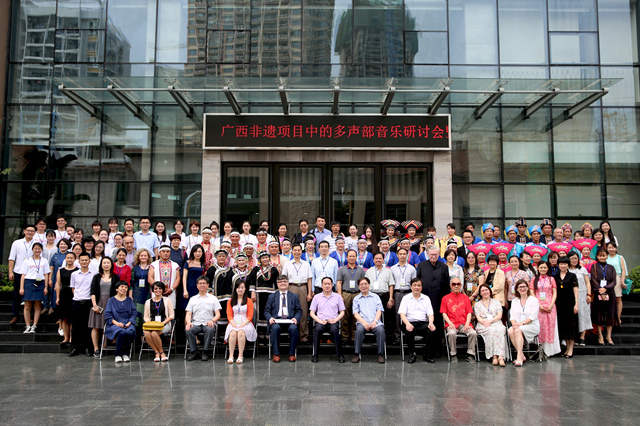Fifth Symposium of the ICTM Study Group on Multipart Music
Nanning (China), May 7- 12, 2017
Programme Committee: Ardian AHMEDAJA (Austria), International Chairperson; Local Chairperson, Ignazio MACCHIARELLA (Italy), Zhanna PÄRTLAS (Estonia),
THEMES
-
The Understandings of Multipart Music in Diverse Research Traditions
Investigations carried out in various practices and times have led to the establishment of different understandings of music and processes of music making, including those connected with multipart music. Discussions in the symposia of our Study Group have shown that such differences are connected with the specifics of the musical practices and the understandings of the music makers as well as with the different ways of the establishment of the research traditions in question. At the centre of the discussions on this theme will be questions on how multipart music is understood, expressed and defined in diverse research traditions to know more about the kind of distinctions and possible common features
-
A specific use of sound in space and time: polymusic and soundscape
The neologism polymusic was coined in 1991 at a seminar of the French Ethnomusicology Laboratory of the CNRS as being the total result of the simultaneous, deliberate presence of several autonomous musical entities, without any coordination in time. This happens in different parts of the world, for example in rituals, when individuals or groups make music on their own, at the same place and simultaneously. The result has been characterised as controlled disorder.
In the last symposium of the Study Group the discussions about this phenomenon were linked with that of soundscape, meaning a component of the acoustic environment that can be perceived by humans. In this context, mostly the part ofsoundscape which is called anthrophony (all of the sound signatures generated by humans) seems particularly appropriate for discussion. Other views are certainly welcome. The intention here is to lead a possibly broader discussion about specific uses of sound in space and time and about performances of different musical acts simultaneously and deliberately.
-
New research



